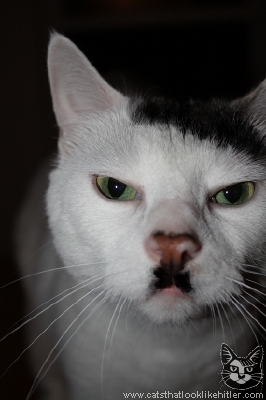from Andy, former writer for Jane's Defence:
Quote:
1. Chamber pressure is not necessarily related to pressure in the barrel. The pressure curve of monometals may be different than a conventional lead core bullet. In my experience, Barnes bullets are more accurate when they are seated rather deep, giving them more jump to the obturation of the rifiling. Maybe the pressure curve is occuring farther down the barrel than a FMJ?
As an example I am familiar with, when the USMC switched from 5.56mm M193 ammo to heavier SS109/M855 two problems occured. The diameter of the gas port had to be substantially reduced as the pressure curve was much higher at the gas port w SS109 than M193.
the other problem was w SS109 ammo itself. The hard (Rockwell C70) 10 grain steel insert in the ogive made contact with the rifling, just barely, but enough to wear out barrels in just 5,000 rounds. (No lead sheath protected the bore like conventional AP or API ammo). FN originally thought this was due to the high cyclic rate of the Minimi (later M249), but same problem occurred in XM16. Since XM16 had 3 shot burst it wasn't a problem of cyclic rate. A bit more lead in core and pushing the penetrator farther forward did the trick. Yet chamber pressure was normal NATO specs. And it wore out barrels. OSR was not a problem even in relatively thin M16 barrel.
2. Tank barrels are smooth bore so no relation to OSR there from ordnance world.
3. Light weight artillery barrels have been adopted for both 105 and 155mm howitzers. Since artillery shells use soft copper driving bands OSR was not an issue. Most weight was saved from carriges rather than barrels, which went from 39 caliber length to 42, 45 and even 52 calibers in length.
20mm Gatling gun barrels are really skinny and OSR is not an issue I am aware of and I have tested many GE products. i have also tested three light weight 0.50 and 12.7mm HMG's and it has not been an issue w AP and API ammo.
4. It is interesting that Barnes chose to use a teflon based product on their original blue 470 bullets. And they dont need to do that anymore with the banded bullets. That thick coating was surely for a reason and was basically a synthetic copper jacket.
5. the original Thunderbird Cartridge Company (TCCI) patent for brass monometals used the 0.50 BMG ctg as proof that the turned bullet had less pressure than a copper coated steel jacket with lead core 0.50. (See #1 above). the Barnes and TCC bullets I used in my 450 Dakota required less powder to reach similar velocity than FMJ's. However the original Barnes slimed my barrel so badly I would never recommend them to anyone. The banded bullets are much better.
6. Mike Brady the founder of North Fork may have something illuminating to say about this issue if he has the time or interest to do so.
In conclusion, I suspect that OSR in double rifles may be related to the difference in pressure curve of a monometal vs a FMJ.
|
